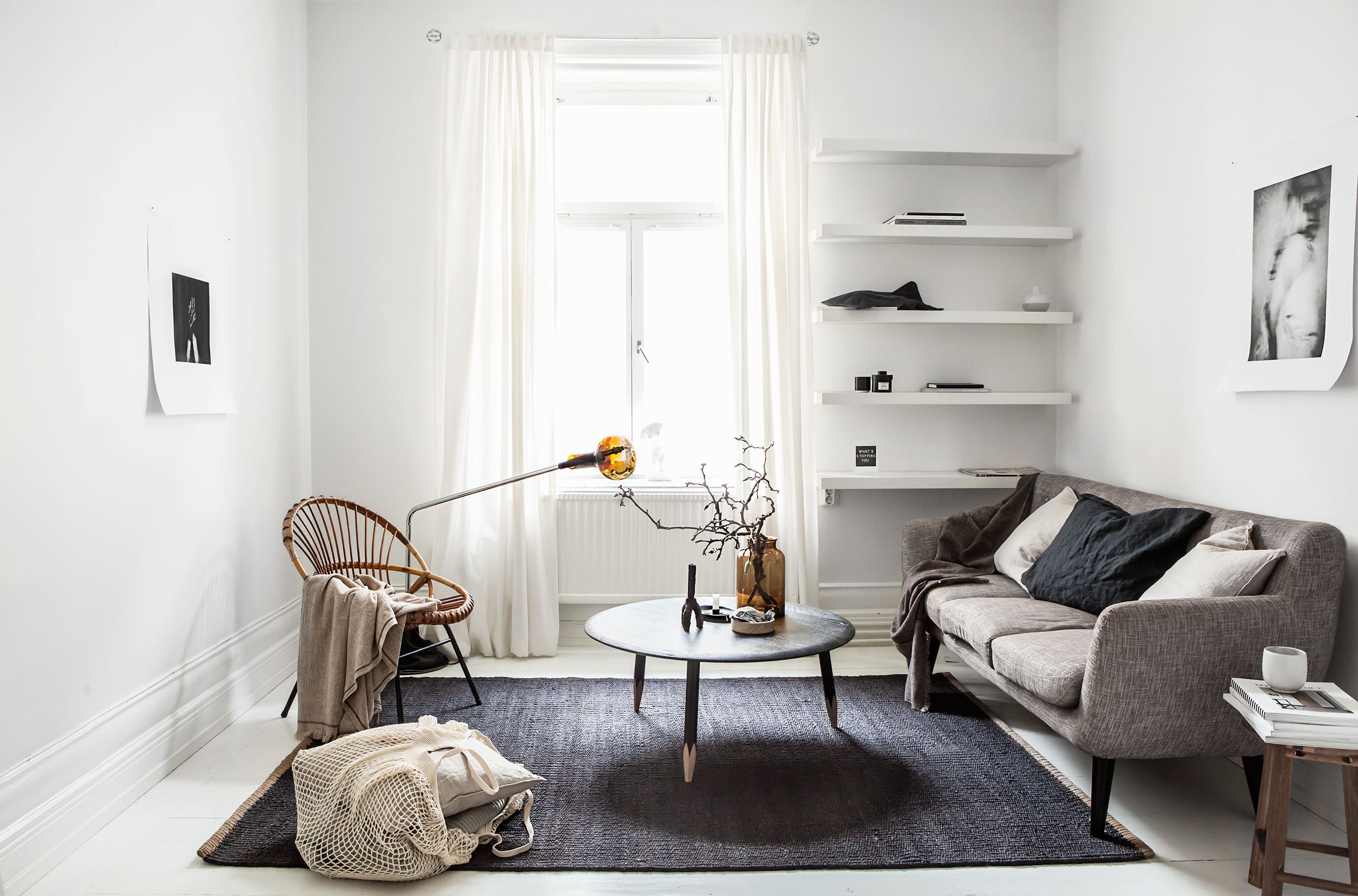Your house should be a haven of calm where you can refuel and relax after a long day at the office or dealing with the stresses of everyday life.
But its potential to do so is often disregarded, resulting in a room that can exhaust you if not decorated with care.
In today’s hectic environment, it’s crucial to have a quiet place to retreat and refuel.
These are six simple tips from interior designers that everyone may do to make their house a more pleasant and relaxing place to spend time.
- Defeat Disorganization
Clutter is known to cause both conscious and subconscious disarray.
Occasionally unsightly mounds and disorder can lead to 20 minutes of seeking those bothersome car keys and an overall sensation of despair.
Get overwhelmed by the clutter in your closet or stacks of old mail?
Give yourself some time to organize these areas.
As you discard these unused items, you’ll instantly feel the stress melt away.
Invest some time in purging and donating unneeded goods, and then purchase visually appealing storage solutions, such as woven baskets, oversized clear jars, and drawer inserts.
- Engage in Vivid Exploration
Just painting one wall or adding one large, eye-catching piece of art may completely alter the atmosphere of a space.
While a daffodil shade of yellow may lend just the perfect vibrancy to a family living room, silky white fabrics offer a sense of elegance and calm to a bedroom.
If you need help settling on a color scheme for your room, try out various hues and color schemes to see how they affect the ambiance of your living quarters.
Painting your rooms in cool colors is recommended if you stay in [to work] because of Covid-19 and feel the need for a tranquil environment.
Colors in the blue and green spectrum, and their various permutations, are optimal.
- Plants Have Power and Therefore, Use Them.
People flock to the nearby botanical garden or hiking trail to unwind after a hectic workweek.
What’s stopping you from bringing the healing powers of green oases into your home?
Nasa found that indoor plants make a room look better and help purify the air by removing harmful gases.
Low-maintenance houseplants like parlor palms and snake plants can have a calming impact even on folks who aren’t particularly good with plants.
- The Bedroom Cannot Be Ignored.
The Bedroom, one of the most private rooms in your home, should be a haven from the stresses of the day while also projecting an air of refined relaxation.
Choose colors for the room that make you feel comfortable, whether neutrals or soft pastels.
In addition, weeping figs and aloe vera plants release more oxygen at night and might serve as a peaceful alternative to television.
- Consider the Function of the Room
By setting specific rooms apart for particular functions, you subconsciously permit yourself to move around your home more quickly and efficiently.
Each room’s purpose should be considered while deciding on a design concept.
- Find a Middle Ground
Feng shui is a Chinese practice emphasizing harmony between yin and yang, two opposites yet interdependent.
The fundamental concept of the old technique incorporates countless elements and methods of interior design as well.
Look for ways to find harmony in your environment, whether through dark and light furniture or the creation of perfect symmetry at the dining table.
